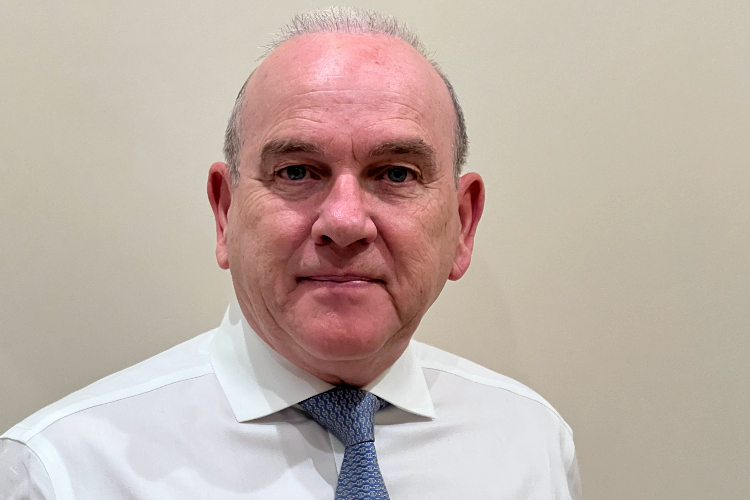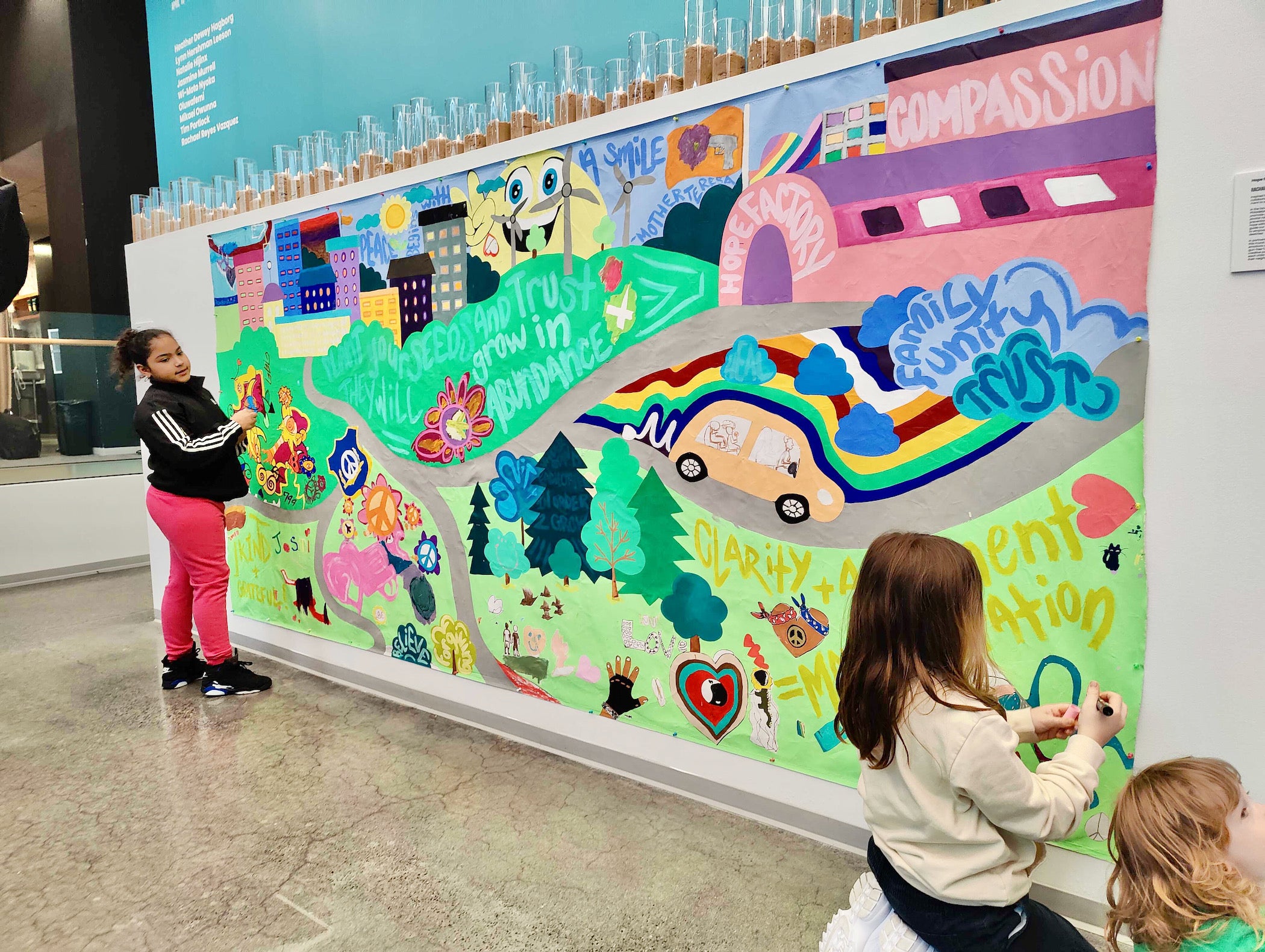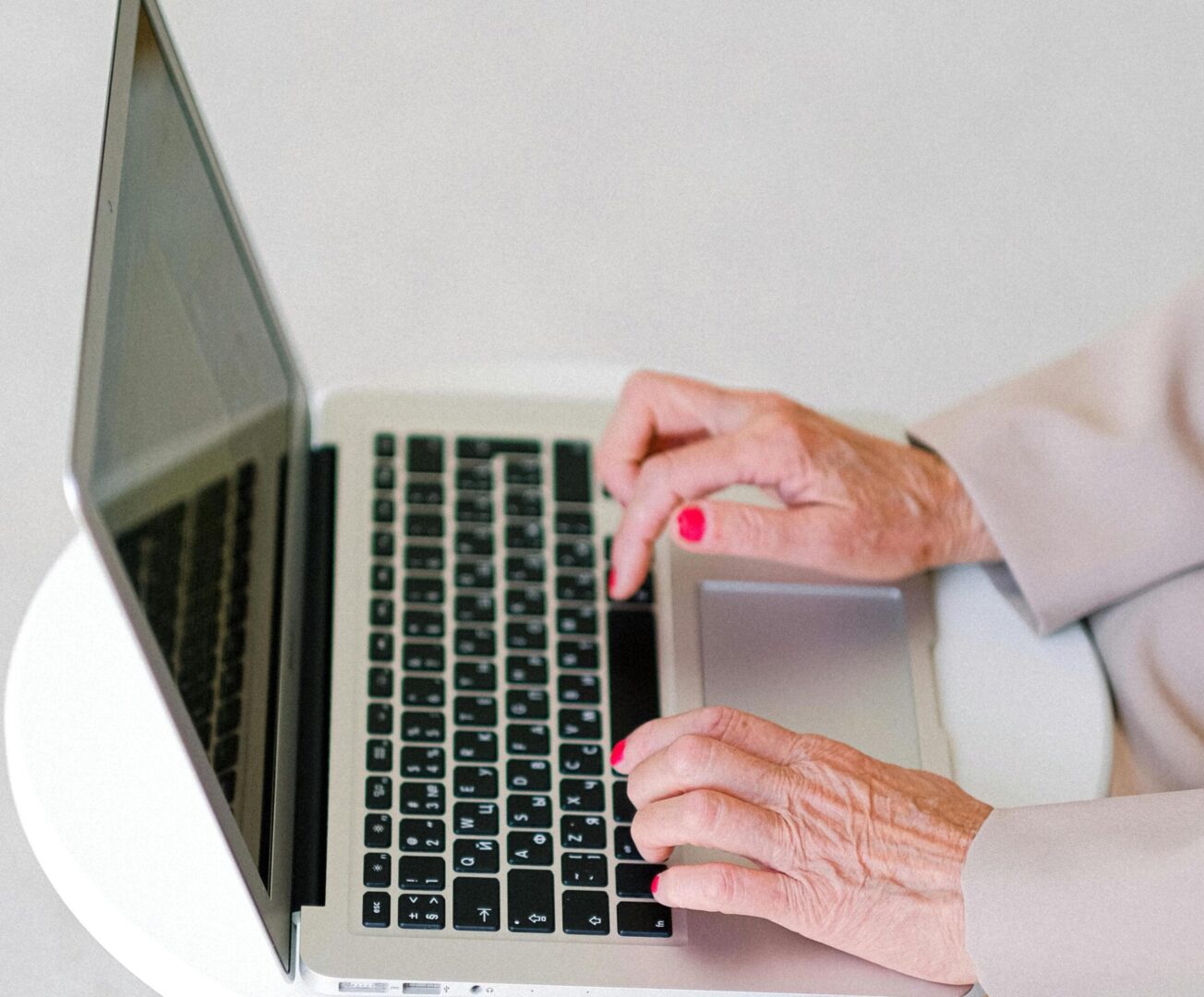- Fri. Apr 26th, 2024
Latest Post
Bavius Technologie Names New President and Plans Technology Showcase
Bavius Technologie, a German manufacturer of highly productive five-axis machines and solutions provider of flexible automation systems, has appointed Roy D. Cripps as president – Americas. Cripps is known for…
Philadelphia artists contemplate a future without guns at the University City Science Center
The vision of Philadelphia presented by Portlock suggests that the city may worsen before it can get better, with the introduction of stricter gun laws. He drew inspiration from Australia,…
New technology tested by robotic helpers on the space station
The idea of robots assisting astronauts in space, once only seen in science fiction movies, has now become a reality on the International Space Station (ISS). NASA’s trio of free-flying…
Mid-State Literacy Council to Provide Technology Class for Accessing Prescription Drug Resources Online
St. Mark Lutheran Church in Howard is going to host a free technology class focused on online prescription drug resources. The class will take place at 11 a.m. on Tuesday,…
Mandela’s Era: A Visual Journey Through Apartheid South Africa and Human Rights Struggles
Photographer Jurgen Schadeberg dedicated his life to documenting the struggle against apartheid in South Africa. His iconic images captured the resistance and vibrancy of multiracial communities during a time when…
Envair Technology: Formerly Envair and Total Containment Solutions
Envair Technology has been providing clean air solutions to the medical and drug development sectors in the UK and Europe since 1972. TCS, established in 2004, has grown to become…
Restaurants in Bozeman discuss the impact of Downtown Bozeman Restaurant Week on their businesses
Downtown Bozeman is currently hosting its annual Restaurant Week, featuring nearly 30 local eateries on Main Street. The event aims to showcase new food items and menu specials to the…
Lerøy invents innovative health supplement made from salmon blood
SINTEF, a research organisation, has found that the aquaculture industry is able to utilise about 94 percent of its raw materials, with only blood being the leftover part that is…
Celebrating World IP Day: Shaping our future through innovation and creativity
World IP Day is a time to recognize the significant role that intellectual property (IP) plays in advancing technology and achieving the Sustainable Development Goals (SDGs) in the EU and…
Oil Prices Expected to Remain Steady Due to Strong Global Economy
According to a poll of economists conducted by Reuters, the global economy is expected to continue its strong performance. This is viewed as positive for oil prices, but there are…




